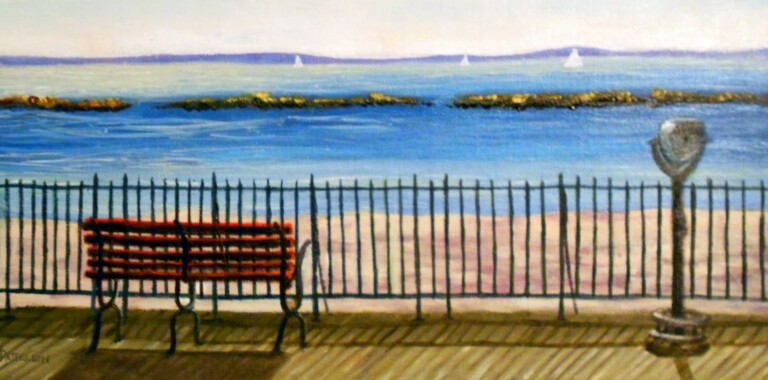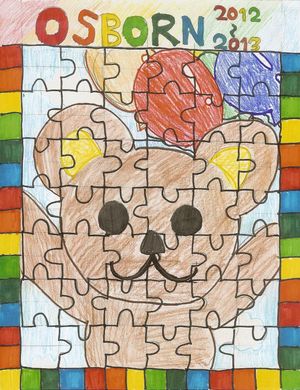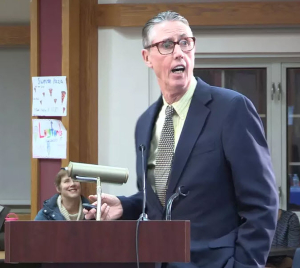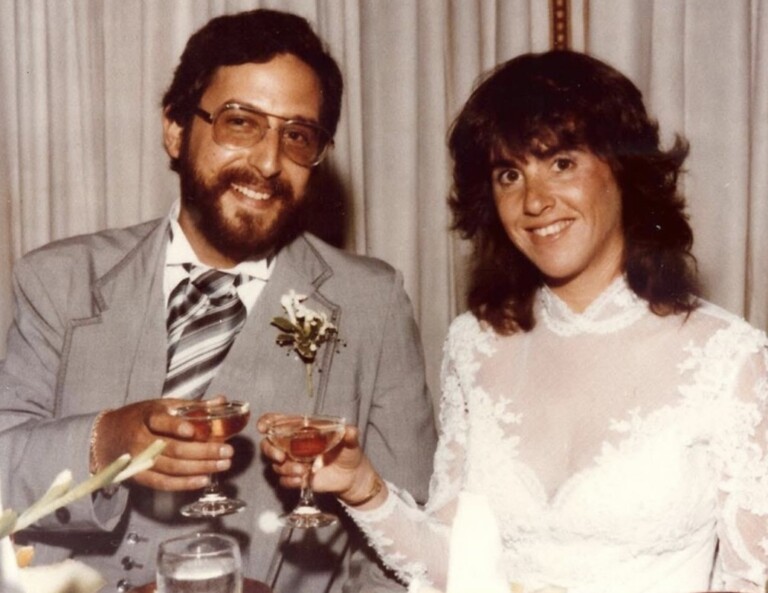RHS Academy: A Project On The Inclusivity Of Women In The Film Industry

Recently, students at The Academy at Rye High School, a project based learning program, looked at a variety of societal issues. MyRye.com is sharing some of this work.
A Project On The Inclusivity Of Women In The Film Industry
By: Meredith Ward
Meredith Ward is a senior at The Academy at Rye High School. Outside of school she enjoys hanging out with friends, singing in Rye High’s Rhythm On Rye, and delving into her passion for photography. She has been conducting a year long research project on the issues of diversity in the film industry, examining data on gender inclusion. She plans to take action with her research by interviewing industry professionals and spreading awareness through the RHS Film Club, where she is president.
Introduction:

As part of my Action Research course within the RHS Academy, I’ve conducted a five to six month long research project on the levels of diversity within the film industry with a specific focus on the underrepresentation of women on and off-screen. In the beginning stages of the project, I was instantly drawn to examining the dynamics of gender diversity within the realm of movie-making as I’ve fostered a passion for the art of filmmaking myself. I began my deep dive on this multi-layered topic in class by analyzing scholarly articles from online databases, gathering relevant data from the analyzed articles, and putting together a six-paged literature review that discussed my findings. In addition, I conducted an interview with an industry professional, which I will discuss further in this article. Even before my research journey began, I had personally taken notice of the male-dominated structure of the industry in mainstream media. So, with this in mind, I thought that it would be not only insightful, but also impactful to research this topic and to share my findings with the wider community.
Biggest Takeaways From Research:
While writing my literature review, some of the evidence I had gathered from my research really stuck out to me. One article that studied gender representation in Hollywood during 2020 stated, “Across the 1,300 films studied in 2020, the gender ratio for directors was 12 men for every one woman. The same study found that films directed by women featured women as leading characters at more than double the rate seen in films directed by men” (Topaz et al., 2022). One of the reasons this piece of evidence sticks out to me is because people don’t talk enough about the lack of female directors. Often when inequalities within representation become a topic of discussion in the media, it is easy to miss the fact that these issues don’t only exist in front of the camera, but behind it as well, as this statistic proves. Pivoting to a study that highlighted the inclusivity issue on-screen, I found this statistic within the article to be pretty shocking, but not surprising. The article reads, “In 2019, 34 percent of speaking characters were female. In 2008, it was 32.8 percent” (Coyle, 2023). Across a 14-year time span, the percentage of on-screen representation for women playing speaking characters in movies only rose by 1.2%. Although positive change for women in film has been occurring, one would think that the issue could have improved way farther than what was stated, however, that is sadly not the truth. This serves as another example as to why this issue needs more conversation surrounding it. With these pieces of evidence that I found most notable in mind, it helps to raise a certain attention toward the fact that the film industry isn’t as glamorous as it seems.
Takeaways From An Interview:
In March, I got the chance to interview a Hollywood producer (Development and Production Executive) and asked her a series of questions about the state of gender representation in the industry. In addition to the in-class research, I thought that speaking to an actual industry professional would better my understanding of what it’s like to be a working woman in the realm of film. This producer, who wished to remain anonymous, shared really insightful and personal information about her experiences in the industry, so here are some points she had brought up that serve as my two favorite takeaways from this interview. When asked about her perspective on the current state of diversity in the industry, she replied, “…Specifically to gender, we’ve come a long way, but I think there’s still a long way to go. Before I came into the industry, which was before the Time’s Up and the Me Too movements, I remember working at the office where I am now and wanting to put together lists of female writers for projects and realizing that the people I worked with didn’t think that was a normal thing to do as if it was a new concept to them.” Relating to my research, this producer shined a light on how even women in the writing room can be affected by this issue; it’s not only female directors and actors who face underrepresentation. Continuing the interview, I then asked this producer if she had ever been faced with certain discriminations herself, given that she is a woman in the industry, to which she replied, “Definitely. It’s not like anyone is saying to my face ‘we don’t take you seriously because you’re a woman,’ but over the years I have many, many times witnessed the old mentality of the ‘boys club’ and if you’re not ‘one of the boys’ it’s hard to be apart of it.—It’s subtle.” In relation to my research, this point is so interesting because she highlights the underlying biases that exist within the industry and how the men in power are not just outwardly making decisions based on a person’s gender or race for all to hear, but doing it in such a way that it’s subtle. Although I chose to highlight only these two notable points, throughout the interview the producer did discuss the positive initiatives and diverse creative decisions that the production company she works for have made.
Conclusion:
With my experience with this project and the most notable points from my interview as well as my research paper, it is fair to say that while it may seem like the industry is completely on the negative side of the gender inclusion issue, there is still hope for Hollywood as it is slowly, but surely changing. The most important thing that I learned from conducting this project was that we need to talk and keep conversations about this issue alive. As it is important to share these sorts of issues with the wider-community, I will continue to try to get more young people talking about this issue by spreading awareness of the inclusivity of women in the film industry and my research experiences with the topic.
Links:
Topaz, Chad M., et al. “Race- and Gender-Based Under-Representation of Creative Contributors: Art, Fashion, Film, and Music.” Humanities and Social Sciences Communications, vol. 9, no. 1, 29 June 2022, pp. 1–11, www.nature.com/articles/s41599-022-01239-9 , https://doi.org/10.1057/s41599-022-01239-9. Accessed 31 Aug. 2022.
Coyle, Jake . “Progress toward Parity for Women on Movie Screens Has Stalled, Report Finds.” CBS 42, 17 Aug. 2023, www.cbs42.com/entertainment/ap-entertainment/ap-progress-toward-parity-for-women-on-movie-screens-has-stalled-report-finds/ Accessed 22 Jan. 2024.





